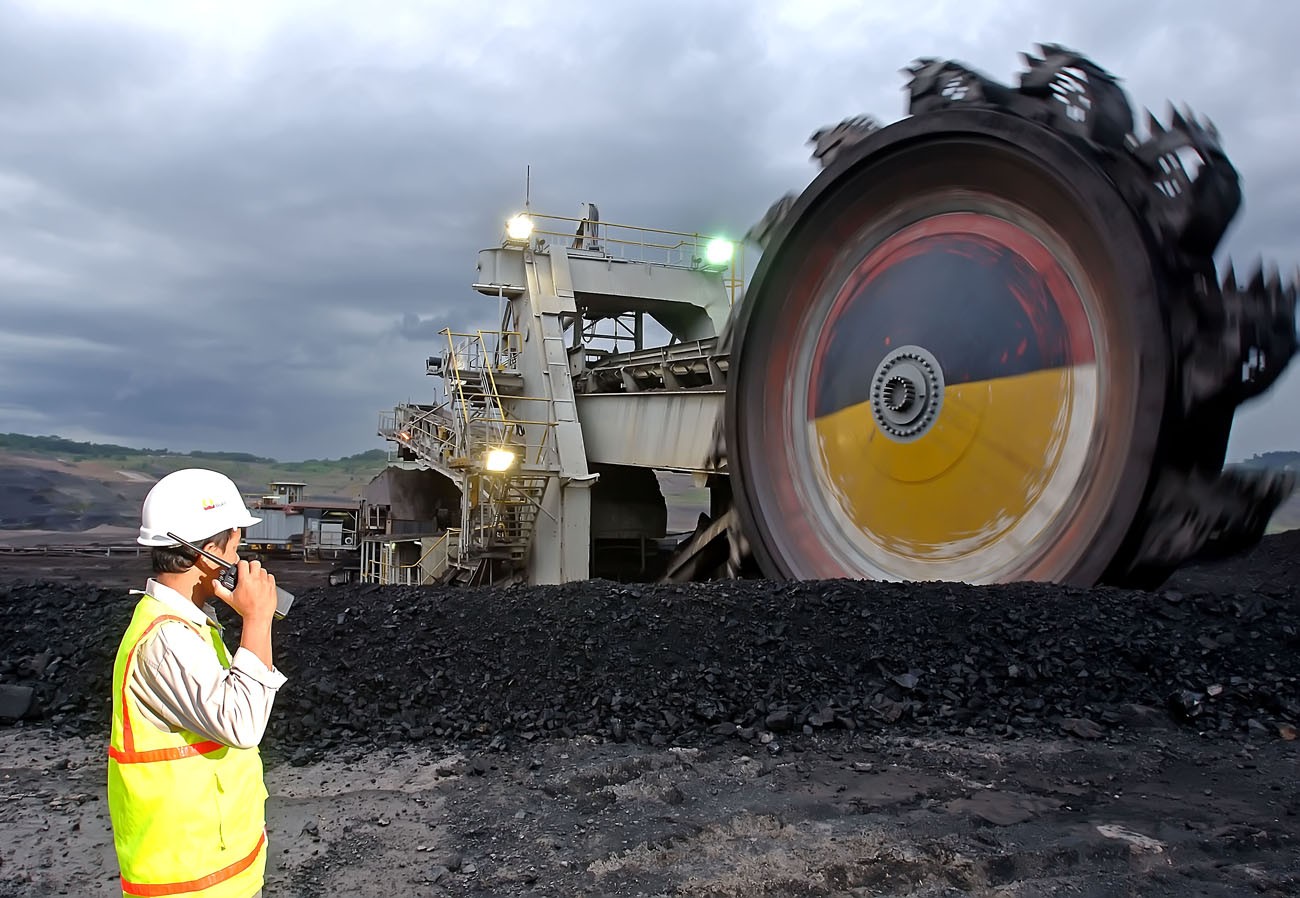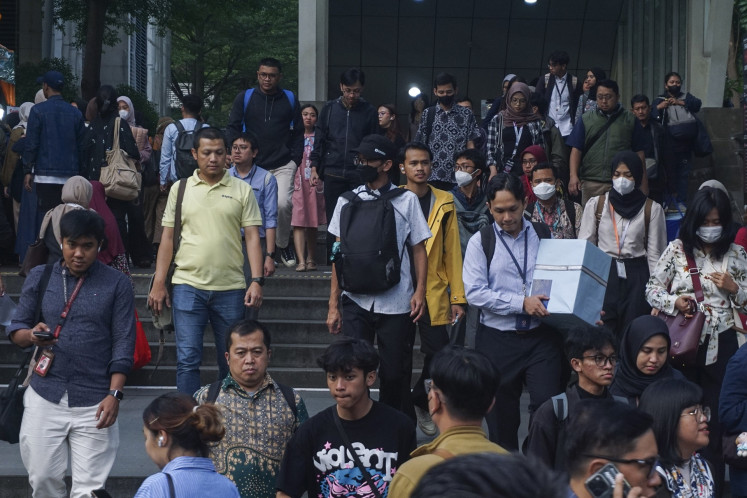Popular Reads
Top Results
Can't find what you're looking for?
View all search resultsPopular Reads
Top Results
Can't find what you're looking for?
View all search resultsBukit Asam to cut capex amid falling demand from PLN, India
The miner initially budgeted Rp 4 trillion (US$264.9 million) of capex for 2020, mostly to develop a giant coal-fired power plant in South Sumatra.
Change text size
Gift Premium Articles
to Anyone
S
tate-owned coal miner PT Bukit Asam (PTBA) plans to cut its capital expenditure (capex) this year amid falling power demand in India and at home as the company books a sharp profit slump in the first quarter.
The miner initially budgeted Rp 4 trillion (US$264.9 million) of capex for 2020, mostly to develop a giant coal-fired power plant in South Sumatra.
“There will likely be a change in capex but we are still reviewing how that might look and we will convey this during our second quarter performance briefing,” Bukit Asam finance director Mega Satria said during a video conference on Monday.
He added that the publicly listed coal miner, which was the second-most-profitable company of its kind last year, had absorbed Rp 407 billion – equal to 10.1 percent – of the budgeted capex as of the first quarter.
Around two-thirds of the absorbed capex went into developing the Sumsel 8 coal plant, which is slated to become one of the largest in Indonesia.
“In the first quarter, we didn’t really feel the lockdown impacts yet. We will start feeling the impacts in the second quarter,” said Mega.
Coal miners across Indonesia have been hit hard by worldwide lockdowns in the first quarter as governments scramble to contain the coronavirus pandemic.
Indonesian export of coal, a commodity mainly used for power generation, is projected to reach 419 million tons this year, according to market consultancy IHS Markit. The projection is 32 million tons lower than last year's exports of 451 million tons.
PTBA commerce director Adib Ubaidillah highlighted two risks that would be faced by the company in the second quarter, which were lower demand from India and from Indonesia’s state-owned electricity company PLN.
The South Asian economy, which is Indonesia’s largest coal buyer, entered a "voluntary lockdown" on March 22 and is slated to continue a mandatory lockdown until May 17.
The lockdowns caused India’s electricity consumption to fall 9 percent year-on-year (yoy) to 97,698 gigawatt hours (GWh) in March, according to data from India’s Central Electricity Authority.
“PTBA can still sell to India but only via private harbors whose numbers are not that great,” said Adib.
He went on to say that PLN, which buys around 60 percent of PTBA’s coal, had requested a “quite significant” cutback in coal for April and May as power consumption falls in Southeast Asia’s largest economy.
He said the company planned to compensate for lower sales to India and PLN by ramping up exports to other Asian markets such as Brunei, Hong Kong, South Korea, Thailand and Vietnam.
Bukit Asam shares, traded on the Indonesia Stock Exchange (IDX) as PTBA, remain unchanged at Rp 1,815 apiece on Tuesday as the benchmark Jakarta Composite Index (JCI) climbed 0.53 percent. The stocks have lost more than 47 percent of their value in the last year, Bloomberg data show.
PTBA’s latest quarterly financial report revealed that the company's profits fell 20.5 percent annually to Rp 903.24 billion in the January-March period amid weakening coal demand and prices as key Asian coal markets curb economic activity.
Bukit Asam’s sales volume rose 2.1 percent yoy to 6.8 million tons yet revenue fell 4.01 percent yoy to Rp 5.12 trillion. Higher sales volume was offset by low coal prices, which fell 26 percent yoy to $65.77 per ton in April, based on Indonesian benchmark prices (HBA).
Meanwhile, costs rose 1.04 percent yoy to Rp 3.59 trillion due to higher transportation costs associated with the higher sales volume. Costs also rose because foreign mining-related services became relatively pricier after the rupiah depreciated in March, the company said in a statement.
Editor's note: This article has been revised to state that IHS Markit projects Indonesian export of coal to reach 419 million tons this year, 32 million tons lower than last year's exports of 451 million tons.










